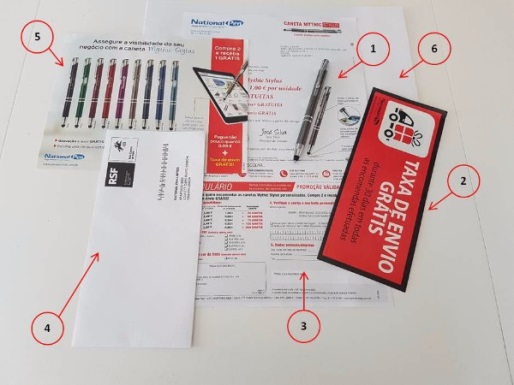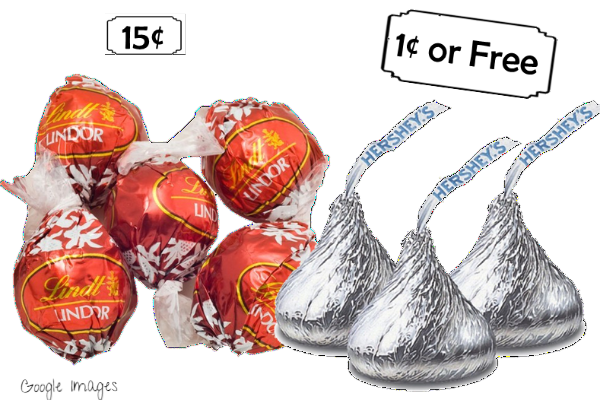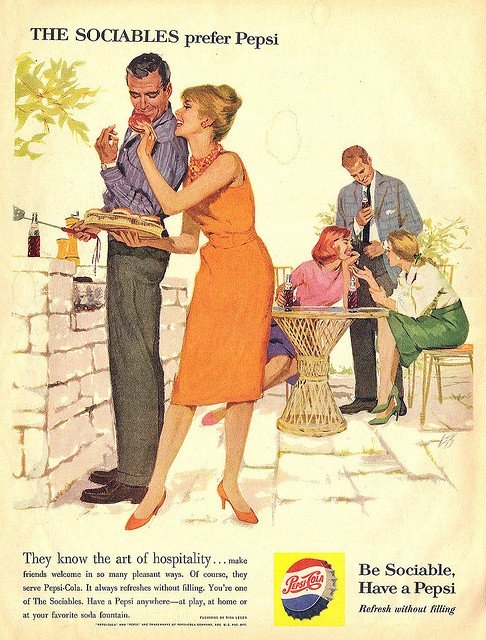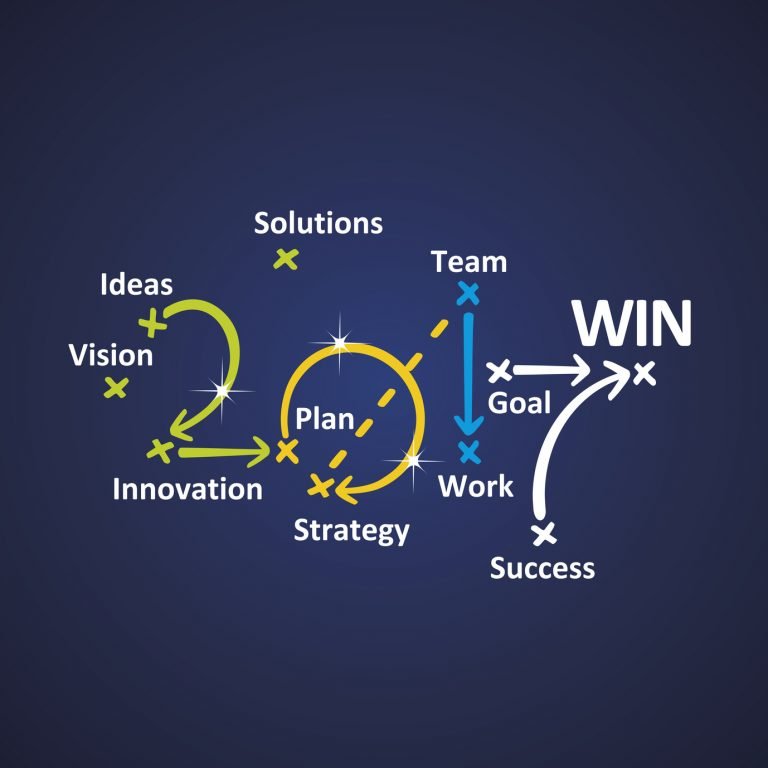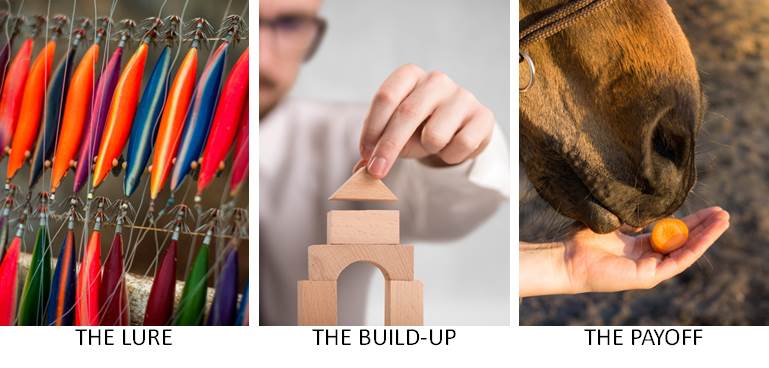
Clinch more deals with the three-part pitch
Story writers work to a basic three block structure (the three-part pitch): part one is the lure, part two is the build-up and part three is the payoff.
It works for books, TV series and films, and it works for sales pitches too.
The lure is the what’s-in-it for me component.
So, if you’re making a live pitch, get to the most important part first. Let’s say you run a logistics company. What’s your competitive advantage expressed as a benefit to a potential client?
Are you the biggest, the fastest, do you have a better national or global reach? Explain how this will make the customer’s ability to do business easier, cheaper or more efficient.
It’s an old marketing truth that still applies today: people buy benefits, not features. So what if your logistics business is the biggest in town? Explain the benefit to the customer that derives this feature of your product.
Next comes the build-up.
This is where you add substance to the offer. Mention volume discounts, signing on incentives, service delivery improvements, advanced technology – anything that helps create a desirable and valuable proposition.
The pay-off is when you ask for the business and close the deal.
Sweeten the moment by offering a free trial, an e-book or white paper you’ve published, anything that might be useful that the customer can keep.
Take care not to be too forceful. If you can’t walk away with a signature, offer to come back and present to colleagues or say you’ll follow up in a few days with a phone call or email.
When dealing with organizations, remember that it’s people who are making decisions, most of which are based combination of rational and emotional factors. You were stopped by the word ‘emotional’ weren’t you?
Surely, all important decisions are purely rational? Not so. Successful salespeople, marketers and psychologists have known for years that emotion plays a starring role in our decision- making processes. (See our blog Try These Easy Ways to Make Difficult Decisions.)
Not convinced? If you had to choose between a Jaguar, a Mercedes, a BMW or an Audi, which one gets the nod? Assume the models are similarly priced and equipped, you’re going to choose the brand that’s the closest in image to the way you’d like be seen.
- Jaguar: European heritage, sporty reputation
- Mercedes: conservatively stylish, safe, precise
- BMW: for the joy of driving
- Audi: young as heart, muscular, versatile.
When you’ve made your choice, based on your emotional connection with the brand, your rational mind gets involved. You’re not going to admit to anyone, least of all yourself, that you’ve splashed $45,000 or more on a car just because it makes you look good.
You justify your decision with all the value propositions: the gas mileage, the safety rating, the high resale value, the long list of driver aids, the extended service intervals, the advanced infotainment system, the manufacturer’s warranty and all the logical reinforcement you can muster.
This is all perfectly normal and has been since brands began to try and outdo one another by understanding what their customers really want as well as what they say they want.
The process is similar whether you’re buying a fancy new car for your driveway or a new lift truck for your factory.
The market is dominated by the major global suppliers so they’re all likely to have the performance and service back-up you’re looking for at a price you’re willing to pay. So why do you choose one brand over another?
Would you buy a Toyota because you admire their cars and commercial vehicles? Or a Hyster-Yale because they’re an American brand? Would you avoid a Chinese product because you associate that country with poor manufacturing quality?
There may be fewer emotional triggers at play, but they still need to be considered. So when you’re pitching to close a deal, balance the logical and the practical factors with the emotional ones.
If you liked, then please subscribe to our YouTube Channel for video content. You can also find us on Twitter, Facebook, Instagram and Linkedin.
You will also like
Read more articles from our weekly series
The Business Mentor

